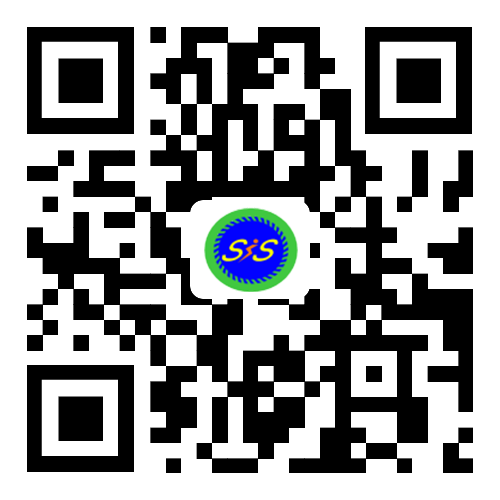Touch spring refers to the special spring button dedicated to capacitive and single-chip touch screen electrical appliances. Touch springs are also known as touch sensing springs, button springs, and contact springs.
Chinese name Touch spring Raw materials Carbon steel wire, low carbon steel wire, high carbon steel Scope of application Induction cooker, light wave furnace, electric cake pan Installation requirements High sensitivity
Mechanical switches are a robust alternative to capacitive sensing. Using retractable touch buttons, touch buttons can be realized without changing the shell mold, and the touch sensitivity is very good.
Product material
Carbon steel wire, low carbon steel wire, high carbon steel, manganese steel wire, nickel wire, 60SizMNA, stainless steel wire for spring and other materials.
Surface plating
Eco-friendly nickel, nickel-plated nickel-free white K, straight gold, bottom gold, silver, bronze, ancient silver, etc.
Scope of application
It is suitable for induction cooker, light wave stove, electric cake pan, disinfection cabinet, range hood, water heater, fan, vegetable washing machine, money counting machine, massager, electric oven, electronic wine cabinet, water dispenser and a series of high-grade intelligent touch small household appliances.
Selection specifications
Touch the button product, please provide the following parameters: A, round hardware contact diameter . B, spring wire diameter . C, spring height . D, the number of spring turns. E, spring outer diameter . F, if it is a hollow touch button, the inner circle diameter needs to be provided.
Precautions
Spring products are commonly used hardware parts in major industries, and are not equal to [screws, nuts] standard parts; Screws and nuts are sold in all hardware stores, but there are few springs, such as two manufacturers, the appearance of the products is almost the same, but the required spring size, compression elasticity, tension, torque are completely different. Therefore, the spring does not have a large amount of inventory, and please understand all friends!
Application principle
Spring-built capacitive inductors Electrical-capacitive sensing is a robust alternative to traditional mechanical switches. However, some applications cannot directly place the printed circuit board under the overlay or attach the printed circuit board to the device housing. Such applications include household appliances such as stoves, washing machines, refrigerators, and microwave ovens, as well as various vehicle electronics such as radios, TV tuners, control panels, and occupant detection systems in the seat.
Metal Spring Sensors - Can be used as an alternative to solid-state conductivity sensors so that the PCB can be positioned away from the overlay and provide a reliable sensor connection during operating conditions with strong vibration or sharp temperature changes. In addition, springs provide other functions such as backlighting, fusion of mechanical and capacitive buttons, etc.
Electric field simulation
In order to compare the behavior of a spring sensor with a solid-state conductivity sensor, the electric field of the object in question must be modeled. When modeling solid-state conductivity and spring sensors, we assume the following:
· The overlay is inorganic glass: relative dielectric constant e = 4.2; thickness = 4 mm.
· Model the finger as a metal ellipsoid: height = 20 mm; Diameter = 10 mm.
· Solid-state conductivity sensors are solid metal rings: diameter = 10 mm; Thickness = 0.1 mm.
· The spring sensor is modeled with a hollow metal cylinder: height = 20 mm; diameter = 10 mm; Metal thickness = 1mm.
The sensitivity of springs is slightly better than that of solid-state conductivity sensors with thicker overlays because they generate a larger electric field.
Capacitance simulation
To clarify the effect of overlay thickness on finger touch increase capacitance (FTC), we still modeled with the same solid-state conductivity sensor and spring sensing simulator, but the overlay thickness was increased from 1 mm to 10 mm.
In addition, to determine the best physical size of the spring, the correlation of the FTC will be modeled based on parameters such as its height, diameter, and spring wire thickness. When the finger is placed on the inductor, the spring and solid-state conductivity sensors have the same sensitivity. When the finger is slightly positioned towards the center of the sensor, the sensitivity of both sensors decreases, but the sensitivity of the spring sensor is slightly stronger than that of the conductivity sensor. A strong signal on the spring sensor when the finger position is off, especially in slider applications, is a major advantage of the spring sensor, and this advantage is even more obvious. If the overlay thickness is 2 mm or thicker, the sensitivity of the spring sensor will be higher. The physical size of the spring is more suitable for obtaining Z-best capacitance characteristics.













